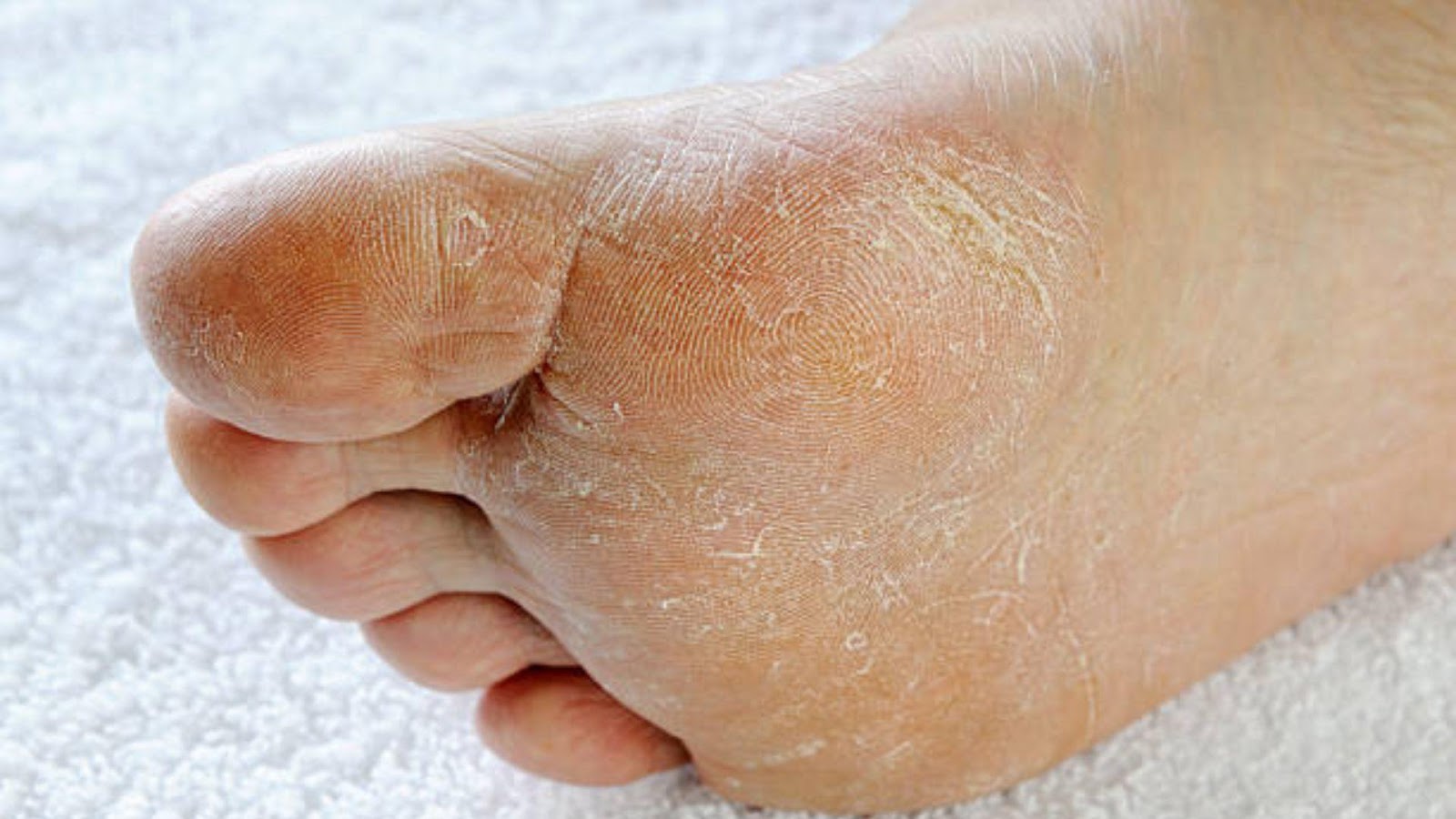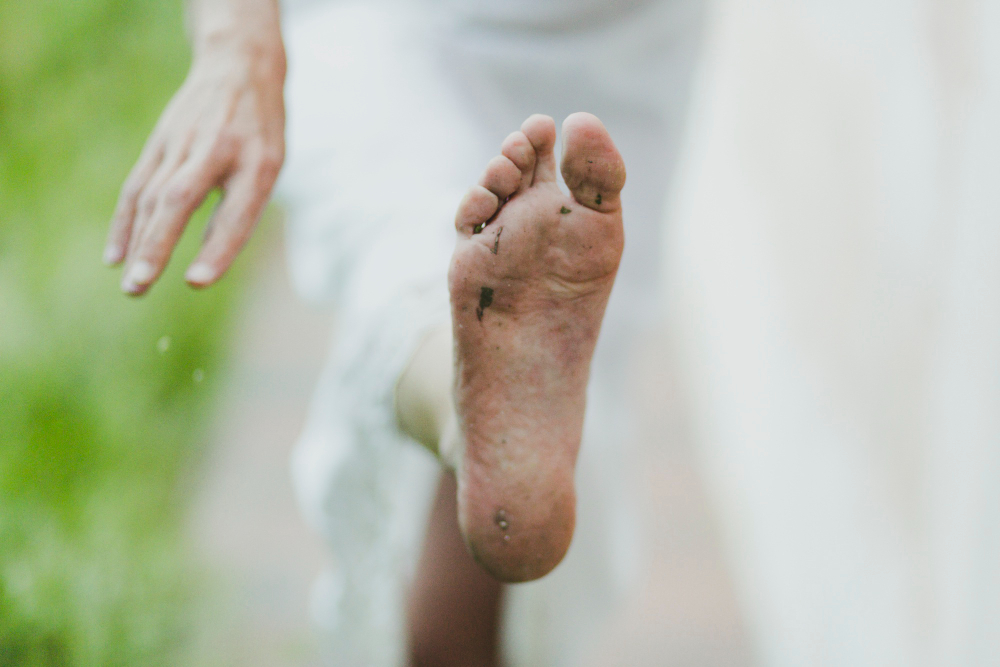Athlete’s foot, commonly associated with the feet, can indeed manifest on the hands as well. This condition, medically referred to as tinea manuum when it affects the hands, presents a surprising twist in typical fungal infections. This comprehensive guide delves into the intricacies of athlete’s foot on the hands, exploring its symptoms, causes, diagnosis, and treatment.
What is Athlete’s
Athlete’s foot, known scientifically as tinea pedis, is a fungal infection primarily affecting the feet, but it’s not restricted to them. This condition arises when the fungus that thrives in moist, warm environments, like sweaty shoes, transfers to the hands, often due to scratching or touching the infected areas on the feet.
The infection on the hands mirrors the symptoms seen on the feet, including redness, itching, and cracking skin. Understanding this condition is pivotal as it underscores the contagious nature of the fungus and highlights the importance of maintaining hygiene to prevent its spread.
Symptoms of Athlete’s
Recognizing the symptoms of an athlete’s foot on the hands is the first step towards effective treatment. The primary indications include:
- Itching and burning sensations, primarily between the fingers.
- Dry, scaly skin that may peel or crack.
- Inflammation and redness.
- Blisters that may ooze or become crusty upon breaking.
These symptoms not only cause discomfort but also signify the contagious phase of the infection, emphasizing the need for prompt and effective management.
Causes
The direct cause of an athlete’s foot, regardless of the body part it affects, is a fungal infection by dermatophytes. These fungi thrive in moist, warm environments such as gyms, locker rooms, and swimming pools. They can easily transfer from person to person through direct contact or by touching contaminated surfaces.
For the infection to spread to the hands, typically, there needs to be direct contact with the infected area of the feet or footwear. This often happens when a person with athlete’s foot scratches their feet and then touches their hands, facilitating the transfer of the fungus.
Diagnosis
Diagnosing athlete’s foot on the hands usually involves a physical examination by a healthcare provider. They may also scrape off a small area of infected skin and send it to a lab for a fungal culture or microscopic examination. This helps confirm the presence of the fungus and rules out other conditions that may mimic the symptoms of athlete’s foot.
Risk Factors
Several factors increase the risk of developing athlete’s foot on the hands, including:
- Frequent exposure to public places where the fungus is commonly found, like swimming pools and locker rooms.
- Not drying the hands thoroughly after washing or exposure to water.
- A weakened immune system that makes it harder to fight off infections.
- Pre-existing fungal infection on the feet.
Understanding these risk factors can help in taking preventive measures to avoid the infection.
Treatment of Athlete’s
Treatment typically involves antifungal medications, which can be in the form of creams, ointments, or oral medications. The choice of treatment depends on the severity of the infection. Mild cases may only require topical antifungals, while more severe infections might necessitate oral medications.
It’s crucial to follow the treatment regimen prescribed by a healthcare provider to ensure the infection is fully eradicated and to prevent recurrence.
When to see a doctor
It is advisable to consult a doctor if:
- The symptoms persist despite over-the-counter treatments.
- The infection spreads rapidly or is accompanied by severe symptoms like excessive redness or drainage.
- The person has diabetes or a weakened immune system, as infections can complicate these conditions.
A healthcare provider can offer a diagnosis and tailored treatment plan, which is crucial for effective management of the infection.
Conclusion
While uncommon, athlete’s foot can indeed affect the hands, leading to discomfort and potential complications if left untreated. Recognizing the symptoms and understanding the causes and risk factors are crucial steps in managing and preventing this infection. Adhering to hygiene practices and seeking timely medical advice are paramount in dealing with athlete’s foot on the hands effectively.
FAQs
1. Can athlete’s foot spread from feet to hands?
Yes. Athlete’s foot can spread from the feet to the hands, typically through direct contact with the infected areas or by touching contaminated objects.
2. What are the first signs of athlete’s foot on hands?
Common signs include itching, redness, dry and scaly skin, and sometimes blisters between the fingers.
3. How do you treat athlete’s foot on the hands?
Treatment usually involves topical antifungal creams or ointments. Severe cases may require prescription oral antifungal medications.
4. Is athlete’s foot on hands contagious?
Yes, it is contagious. It can be spread through direct skin contact or indirectly through towels, clothes, and surfaces contaminated with the fungus.
5. Can good hygiene prevent athlete’s foot on the hands?
Absolutely. Regular washing and thorough drying of the hands and feet, avoiding shared towels, and wearing protective footwear in communal areas can help prevent the spread of the fungus.



